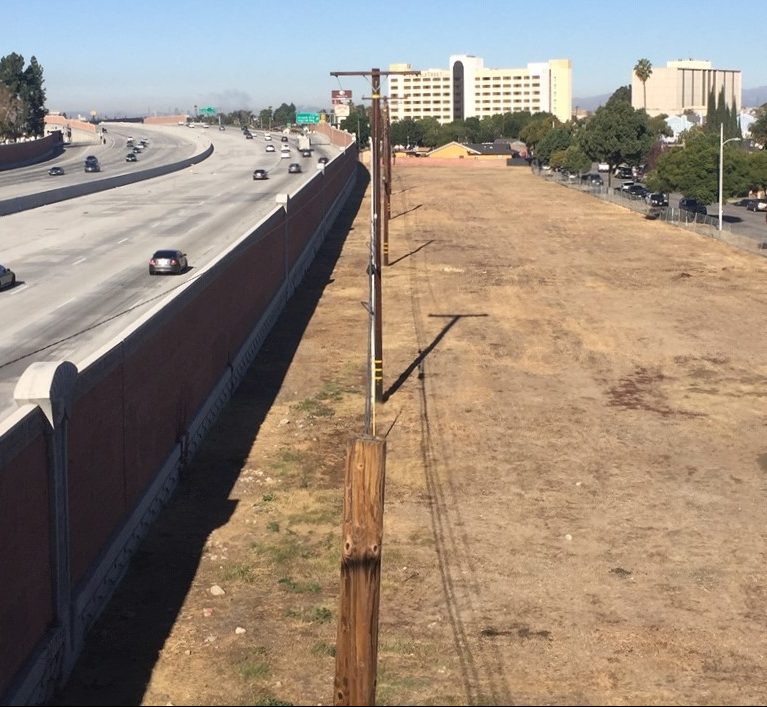Culver City recently released a Mid-Pilot Evaluation Report showing data that confirms the success of the city's MOVE Culver City project. Located in the city's downtown, MOVECC reallocated roadway space away from driving, to instead support transit, bicycling and walking. The evaluation shows that the project met its intentions: increased walking, bicycling, and transit ridership, and minimal delays to drivers.

MOVE Culver City was implemented in late 2021. It represents a rare Southern California example of a city strategically embracing green transportation at its very core, not just where it is relatively uncontroversial (which is to say where it is unlikely to even modestly delay drivers). Culver City installed transit, walk and bike improvements exactly where they are most needed. (And some upset drivers have expressed their criticism of MOVECC changes.)
MOVECC connects the city's popular walkable downtown commercial center - with dining, retail, entertainment, and civic center - to the city's nearby Metro E Line light rail station. The city, not known for especially high levels of transit ridership, reallocated 2.6 miles of driving lane into bus-only lane, plus added a new Downtown Circulator shuttle. The transit upgrades were accompanied by extensive curb extensions that converted roadway into safe walking space, and just over a mile of protected bike lanes, which connect the E Line bike path.

Before the project 100 percent of roadway space had been given over to driving. Post-implementation, 56 percent of space is allocated to green transportation modes.
Note also that MOVECC is a quick-build project. The total project cost, including design and outreach, was under $3 million. Though planning and community outreach got underway around five years ago, project installation utilized relatively low-cost materials: paint, plastic bollards, signage, planters, removable platforms, and the like. This allowed the city to install improvements cheaply and quickly, and to inexpensively tinker with a few aspects of the project, responding to on-the-ground activity.
And, at least so far, MOVE Culver City worked.
Really well.

Per the city's evaluation, MOVECC resulted in a 52 percent increase in bus ridership, a 32 percent increase in bicycling, and an 18 percent increase in walking.

Some sections of the project saw even higher numbers. For example, at the intersection of Culver Boulevard and Main Street, bicycling increased 98 percent.

Adverse impacts to drivers have been minimal. The evaluation shows that even though car traffic increased slightly (six percent) over the past year, drive times are essentially unchanged. During the morning peak, average driving time improved by one minute. Evening peak experienced an average delay of two minutes.
City survey responses showed that people are spending more time in the project area, walking and biking there more often, and taking the Metro E Line often. Respondents felt more comfortable walking, biking, and taking transit with Move Culver City improvements in place.
The downtown improvements are intended to be phase 1, with additional quick-build phases slated for Sepulveda Boulevard and Jefferson Boulevard. Culver City has several other initiatives that dovetail with MOVECC, including citywide parking reform, new two-way protected bike lanes, and bike path upgrades.
Read the city's Move Culver City evaluation report: one-page fact sheet or full eleven-page report.
But don't take their word for it. Grab your family, your cousins, maybe your walking shoes and your bike - and take the E Line to Culver City Station and see it for yourself. The improvements are dramatic.






